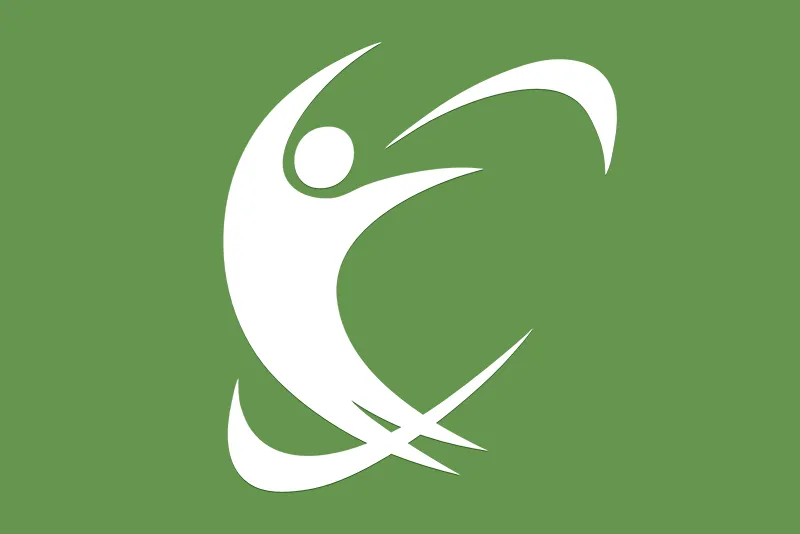The hand is one of the most important aspects of the human anatomy. It is a complex tool that can provide precise, fine motor control (as in threading a needle) as well as generate tremendous power and strength (as in opening a tight jar or gripping and holding very heavy objects). This capability enables us to perform a variety of tasks in our everyday life.
The hand is comprised of a complicated network of tendons, ligaments, muscles, and bones that, when working properly, produce the smooth transition of opening (extension) and closing (flexion) of our fingers. This is a relatively simple movement that we take for granted…until something changes. A very common condition that interferes with normal hand function is known as Trigger Finger.
Trigger Finger Defined
A trigger finger, which can affect one or more digits, involves the “catching” or “locking” of a finger as it moves.
Powerful tendons in the hand and fingers control the flexion of the fingers, as in clenching a fist, as well as straightening of the fingers. These tendons must pass through a series of pulleys or tunnels in the fingers. Without these pulleys the tendons of your hand would bowstring preventing normal flexion of the fingers. These pulleys vastly improve the efficiency of the tendon pull (similar to line passing through the eyelets of a fishing pole).
Irritation of the tendon as it enters the pulley system causes inflammation and swelling that causes an abnormal tendon glide. This creates a lump or “bulb” in the tendon that looks like a snake that has swallowed a large egg. The result is a tendon that cannot pass freely within these pulleys, similar to a large truck that is unable to pass under a small bridge. The obstruction occurs in the palm, but the triggering commonly feels like it is up in the fingers.
Symptoms
People with trigger fingers generally complain of a “catching” or “clicking” sensation in the finger, and soreness, lump, or area of discomfort in the palm of the hand. Though some people have pain, other have painless clicking. This can result in finger stiffness. This stiffness and triggering of the fingers occur most commonly after periods of inactivity or at times where the hand is swollen such as in the morning. In more severe cases, the affected digit will completely lock into the palm or be unable to bend as the irritated tendon is unable to pass through the palmar pulley.
Causes
Trigger fingers occur more frequently in individuals 40-60 years of age, women, diabetics, and those suffering from rheumatoid arthritis. In most cases, there is not a specific cause. It is common to develop multiple trigger fingers.
Treatment Options
Treatment for trigger finger depends upon the severity of the symptoms. It is not a dangerous condition. It does not cause arthritis or tendon injury. It is commonly a bothersome and sometimes painful condition. When treatment is indicated the strategy is to either shrink the swollen tendon or open the tunnel. The mass cannot be removed given that the mass is the tendon itself. In milder cases, a cortisone injection into the tendon sheath can help try to decrease the size of the lump by limiting the inflammation. If stiffness has developed in conjunction with the triggering, than I commonly refer these patients to Christy Wright, OTR/L, CHT. She is an Occupational Therapist and Certified Hand Therapist who plays an integral role with the Agility Hand Team. The therapy program includes exercises to regain lost motion. The injection and therapy can provide effective, long-lasting results for many patients with mild symptoms.
In severe cases, where triggering of a digit significantly inhibits function and causes pain, or when cortisone is not enough to address the problem, then outpatient surgery is a very successful alternative treatment. While the pulleys are very important for the biomechanics of the finger, the first pulley of the system is able to be opened without interfering with the function of the finger. Utilizing a small incision in the palm, the first pulley or the A1 pulley is opened. This allows the swollen area of the tendon to glide free without friction permitting the inflammation to settle down. It is essential that patients begin moving their fingers immediately following the procedure to prevent scar tissue from limiting the glide of the tendon.
Occasionally, a short course of formal hand therapy is required in cases where stiffness is an issue. Under the guidance of an occupational therapist, patients can typically expect a quick return to their daily activities.
Trigger fingers can be an unnecessary annoyance, and, in some cases, can cause pain and significantly interfere with normal function. If you are experiencing symptoms consistent with the trigger finger, do not hesitate to contact our office for diagnosis and treatment. To learn more about Trigger Fingers, be sure to listen to the Podcast on our website at www.agilitydoctor.com.
